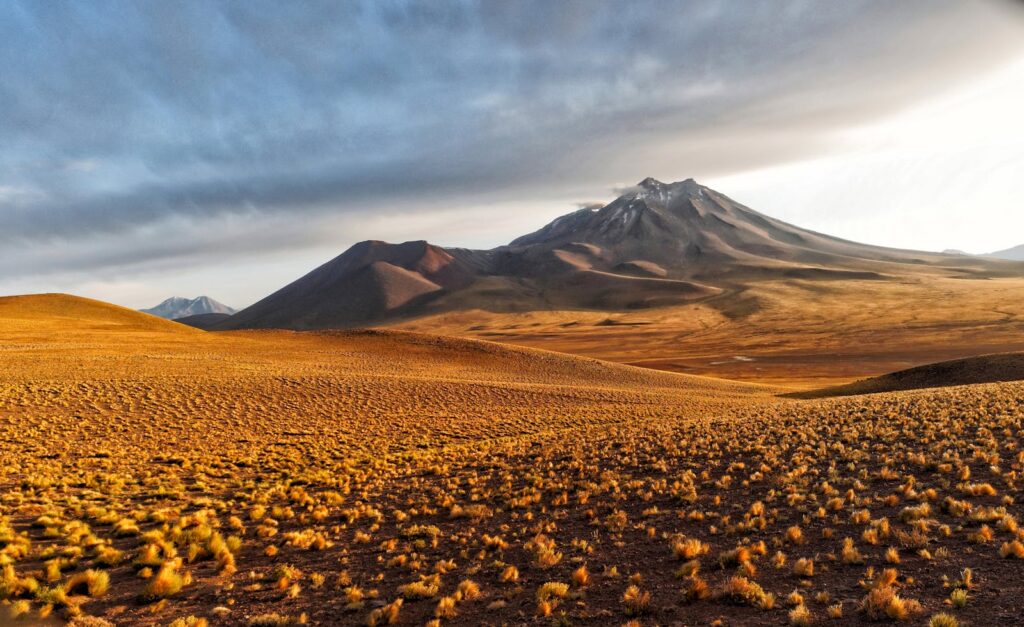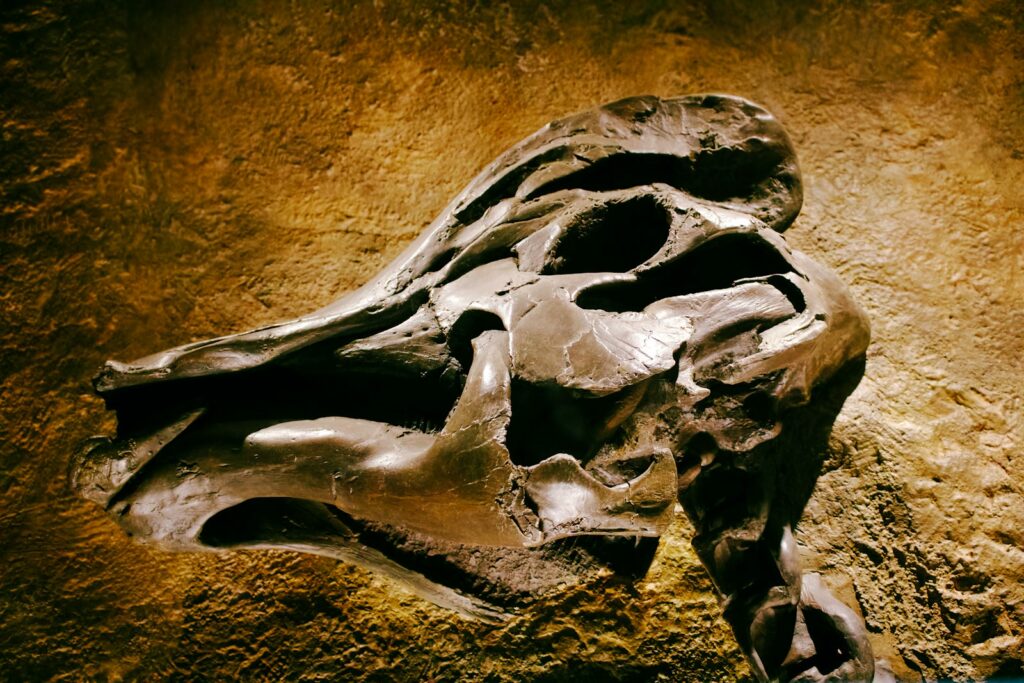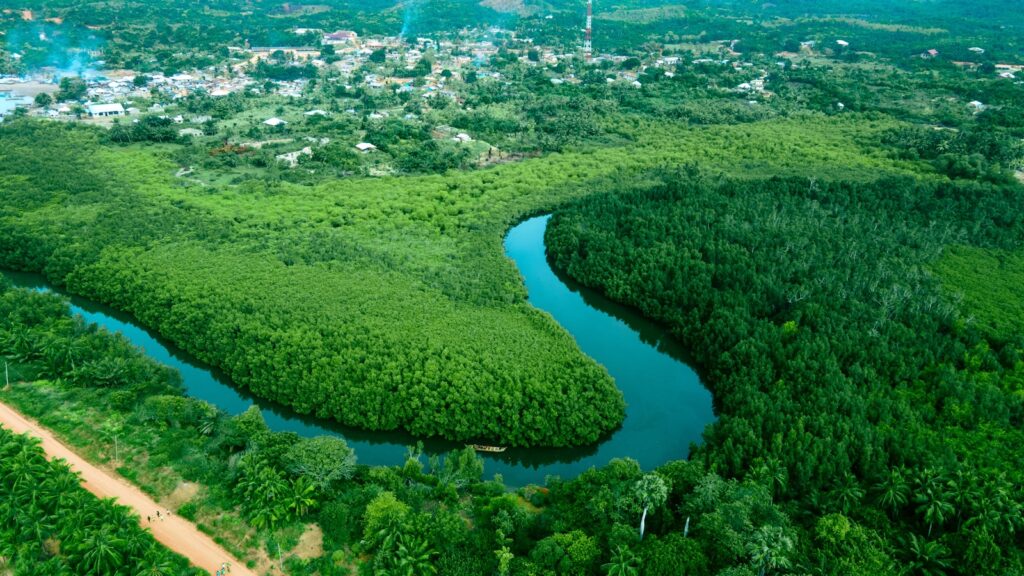The movement patterns of dinosaurs, Earth’s most iconic prehistoric inhabitants, were influenced by numerous environmental factors during their 165-million-year reign. Among these factors, rainfall patterns stand out as particularly significant, shaping migration routes, breeding grounds, and feeding territories. Paleoclimatologists and paleontologists have made remarkable strides in understanding how precipitation cycles during the Mesozoic Era (252-66 million years ago) influenced dinosaur behavior. By analyzing fossil evidence, sedimentary deposits, and ancient plant remains, scientists have reconstructed a fascinating picture of how these magnificent creatures responded to changing weather patterns across continents that looked vastly different from today’s world.
The Mesozoic Climate: A Foundation for Understanding

During the Mesozoic Era, Earth’s climate differed significantly from what we experience today. The planet was generally warmer, with no polar ice caps and higher sea levels. Carbon dioxide levels were approximately five times higher than modern measurements, creating greenhouse conditions that supported lush vegetation across most landmasses. This warmer climate created distinct rainfall patterns, with evidence suggesting intense monsoon systems and seasonal precipitation cycles. Unlike today’s climate, the Mesozoic experienced less pronounced temperature differences between the equator and poles, resulting in different air circulation patterns and, consequently, unique precipitation distributions. This foundation of understanding the baseline climate helps scientists contextualize how rainfall variations would have affected dinosaur movement patterns throughout their evolutionary history.
Reading the Ancient Rain Record

Determining rainfall patterns from millions of years ago requires innovative scientific approaches. Paleoclimatologists employ several methods to reconstruct ancient precipitation records, including analyzing the composition of paleosols (ancient soil deposits), which preserve chemical signatures of wet and dry conditions. Fossil plant structures provide additional evidence, as leaf morphology often adapts to rainfall amounts, with plants in wetter environments typically having larger, smoother-edged leaves. Sedimentary deposits also tell stories of ancient rainfall, with cyclical layers often indicating seasonal precipitation patterns. The distribution of evaporite minerals, which form in dry conditions, contrasts with coal deposits from water-saturated environments, further enhancing our understanding of prehistoric wet and dry regions. These multiple lines of evidence, when combined, allow scientists to create increasingly accurate maps of rainfall patterns during different periods of dinosaur dominance.
The Triassic Transition: Early Dinosaur Adaptations

The early Triassic period (252-247 million years ago) marked the beginning of dinosaur evolution in a world recovering from the devastating Permian-Triassic extinction event. This era was characterized by increased aridity across many continental regions, creating a challenging environment for early dinosaurs. Fossil evidence suggests these early species developed adaptations for water conservation and the ability to travel longer distances between water sources. The cyclical rainfall patterns of the mid-Triassic likely encouraged the development of seasonal migration among these early dinosaurs, establishing behavioral patterns that would continue throughout their evolutionary history. As the Triassic progressed, evidence indicates that more predictable rainfall in certain regions created hotspots of dinosaur biodiversity, especially near the emerging Pangaea coast, where precipitation was more reliable. These adaptations to variable rainfall during this formative period helped set the stage for dinosaurs’ later success across diverse environments.
Jurassic Monsoons and Their Impact

The Jurassic period (201-145 million years ago) witnessed the breakup of the supercontinent Pangaea, creating new coastlines and changing atmospheric circulation patterns dramatically. Geological evidence suggests powerful monsoon systems developed during this time, particularly in what would become Asia and parts of North America. These monsoons created stark wet and dry seasons that profoundly influenced dinosaur migration patterns. Large sauropods, such as Diplodocus and Brachiosaurus, appear to have followed green waves of vegetation that sprouted after seasonal rains, as evidenced by fossilized trackways that show directional movement corresponding to ancient rainfall patterns. The Morrison Formation in western North America preserves evidence of these Jurassic monsoons, with alternating layers of flood deposits and drought conditions, alongside fossils of dinosaur herds that seemingly moved in response to these precipitation cycles. This period solidified the relationship between large-scale dinosaur migrations and predictable rainfall patterns across continents in flux.
Cretaceous Climate Shifts and Adaptation

The Cretaceous period (145-66 million years ago) brought further climate changes as continents continued to separate and sea levels rose significantly. Rainfall patterns became more regionalized as the geographic barriers between landmasses increased. Evidence from multiple continents suggests that dinosaurs responded with increasingly specialized migration routes tailored to local precipitation cycles. Notably, fossils from the Liaoning Province in China indicate that small, feathered dinosaurs adapted to relatively stable rainfall patterns with shorter, more localized seasonal movements. In contrast, evidence from the Hell Creek Formation in North America suggests large hadrosaurs and ceratopsians undertook longer migrations following rainfall-dependent vegetation growth. The appearance of polar forests during the mid-Cretaceous, supported by seasonal but reliable precipitation, even allowed some dinosaur species to inhabit high-latitude regions year-round, demonstrating their remarkable adaptability to various rainfall regimes.
Water-Seeking Behavior in Fossil Records

The fossil record provides compelling evidence of dinosaurs actively seeking water sources during drier periods. Multiple dinosaur “death assemblages” have been discovered near ancient waterways that would have persisted during seasonal droughts. For example, the infamous Cleveland-Lloyd Dinosaur Quarry in Utah contains remains of numerous Allosaurus individuals believed to have been drawn to a shrinking water source during an extended dry period. Trackway fossils frequently converge toward ancient riverbeds and lakes, suggesting purposeful movement toward water. Some fossil beds show evidence of trampling around water margins, indicating concentrated dinosaur activity in these critical areas. Perhaps most telling are the discoveries of multiple species together at water sources that would normally avoid each other, suggesting that during particularly dry periods, the need for water temporarily outweighed predator-prey dynamics and territorial behaviors.
Seasonal Nesting and Breeding Linked to Rainfall

Dinosaur nesting behavior appears intrinsically linked to seasonal rainfall patterns across multiple species and periods. Fossil egg clutches are frequently found in stratigraphic layers that correspond to the beginning of wet seasons, suggesting timing reproduction is timed to coincide with upcoming resource abundance. In Mongolia’s Gobi Desert, Protoceratops and Oviraptor nests appear to have been constructed just before seasonal rains would have brought vegetation growth crucial for feeding hatchlings. Similarly, the massive Argentinian sauropod nesting grounds show evidence of synchronous egg-laying timed with seasonal precipitation cycles. The structure of some dinosaur nesting grounds also suggests adaptation to varying rainfall, with some species nesting on slight elevations to avoid nest flooding during heavy rain periods. This coordination of reproduction with rainfall patterns represents a sophisticated behavioral adaptation that maximized offspring survival chances and influenced migration timing among many dinosaur species.
Drought-Driven Mass Migrations

Paleontological evidence indicates that extended drought periods triggered large-scale dinosaur migrations that dwarfed their regular seasonal movements. Fossilized trackways from multiple continents show evidence of unidirectional movement of large herds during periods associated with reduced rainfall. These mass migrations likely placed enormous stress on dinosaur populations, as evidenced by increased mortality rates in fossil assemblages associated with drought periods. The famous Two Medicine Formation in Montana preserves evidence of drought-driven hadrosaur migrations, with multiple generations traveling together based on trackway size variations. Analysis of growth rings in fossil wood contemporary with these dinosaur remains confirms cyclical drought conditions that correlate with these migration patterns. Intriguingly, predatory dinosaur fossils often follow the same directional patterns, suggesting they trailed herbivore migrations during these critical dry periods, creating complex movement ecologies driven by precipitation changes.
How Rainfall Influenced Dinosaur Distribution

The global distribution of dinosaur species shows a remarkable correlation with ancient rainfall patterns. Areas with stable, abundant precipitation supported the highest dinosaur biodiversity during all three periods of the Mesozoic. The fossil record indicates that large-bodied sauropods were particularly dependent on high-rainfall regions, with their fossils closely tracking ancient wet zones across continents. Ceratopsians and hadrosaurs appear to have been more adaptable to seasonal rainfall, allowing them to inhabit regions with pronounced wet and dry cycles. Interestingly, smaller theropods show the widest distribution across rainfall zones, suggesting greater adaptability to variable precipitation. Examining eastern Asian fossil beds from the Late Cretaceous reveals a striking rainfall-based dinosaur stratification, with distinct communities forming in wetter coastal areas versus drier inland regions. This rainfall-based distribution pattern influenced evolution by isolating populations during extended wet or dry cycles, potentially contributing to the remarkable diversity of dinosaur species.
The Role of River Systems in Dinosaur Movement

River systems, created and sustained by regional rainfall patterns, served as critical highways for dinosaur migration. Fossil evidence consistently shows higher concentrations of dinosaur remains along ancient riverways, suggesting these waterways provided both resources and movement corridors. The Ancient Cretaceous Seaway that divided North America has particularly rich fossil evidence of dinosaur communities clustered along river systems that fed into this massive water body. These rivers not only provided drinking water but also supported lush vegetation corridors through otherwise arid regions, allowing dinosaurs to travel between more hospitable areas. Trackway fossils frequently parallel ancient river courses, sometimes for hundreds of kilometers, indicating deliberate travel along these features. The seasonal flooding of these river systems, driven by distant rainfall in mountainous regions, also created fertile floodplains that attracted dinosaurs even when local rainfall was minimal, creating complex relationships between precipitation, river dynamics, and dinosaur movement patterns.
Comparing Modern Animal Migrations to Dinosaur Patterns

Modern wildlife migrations offer valuable insights into how dinosaurs likely responded to rainfall patterns. The annual movement of African ungulates following the seasonal rains across the Serengeti provides a compelling parallel to the herbivorous dinosaur migrations evidenced in the fossil record. Just as wildebeest time their calving to coincide with optimal vegetation growth following seasonal rains, dinosaur nesting appears similarly synchronized with precipitation patterns. Elephant movement patterns in response to drought conditions may mirror how large sauropods navigated extended dry periods, using generational knowledge of distant water sources. Bird migrations often follow predictable rainfall patterns that trigger insect abundance, potentially similar to how smaller theropods may have tracked prey availability tied to precipitation cycles. These modern analogs help paleontologists interpret fossil evidence within behavioral frameworks, though dinosaur migrations likely occurred on even larger scales due to their larger body sizes and the different continental configurations of the Mesozoic Era.
Climate Change Events and Dinosaur Adaptation

Throughout the Mesozoic, several major climate change events dramatically altered rainfall patterns, forcing dinosaurs to adapt or perish. The Triassic-Jurassic extinction event around 201 million years ago coincided with increased aridity in many regions, favoring dinosaurs already adapted to drier conditions and longer migrations between water sources. The mid-Jurassic warming period intensified monsoon systems globally, evidence suggests dinosaur communities responded with more pronounced seasonal migrations tracking these strengthened rainfall cycles. During the mid-Cretaceous Oceanic Anoxic Events, increased global temperature created more extreme precipitation patterns, with evidence of dinosaur range shifts toward higher latitudes where rainfall remained more reliable. Fossil teeth from multiple dinosaur lineages show stress lines corresponding to these climate transition periods, suggesting physical hardship during adaptation to new rainfall regimes. These major climate shifts served as evolutionary filters, favoring dinosaur species with behavioral and physiological adaptations that could respond effectively to changing precipitation patterns.
The Final Rainfall: End-Cretaceous Changes

In the final million years before the asteroid impact that ended the Mesozoic Era, significant rainfall pattern changes were already stressing dinosaur populations. Evidence from the Hell Creek Formation indicates increasingly erratic precipitation, disrupting the reliable seasonal patterns that had supported dinosaur migrations for millions of years. Pollen records show changing plant communities less capable of supporting large herbivorous dinosaurs, likely forcing changes to traditional migration routes. Isotope analysis of fossil teeth from this period suggests greater nutritional stress, potentially from inability to time migrations with optimal food availability as rainfall became less predictable. The volcanic eruptions of the Deccan Traps likely contributed to these rainfall disruptions through atmospheric effects, creating challenging conditions even before the asteroid impact. This final period demonstrates how critically dependent dinosaur communities were on stable rainfall patterns, with even relatively minor disruptions to precipitation cycles potentially contributing to ecosystem stress before the final extinction event.
Contemporary Research Methods and Future Directions

Modern research into dinosaur migration and ancient rainfall continues to advance through innovative techniques. Computer modeling of Mesozoic atmospheric circulation now incorporates fossil evidence to create increasingly accurate simulations of prehistoric precipitation patterns. Advanced isotope analysis of fossil teeth can reveal seasonal migration by tracking the water sources that dinosaurs consumed across their lifespans. Environmental DNA analysis from ancient sediments is beginning to reveal plant community changes that would have responded to rainfall variations, indirectly tracking conditions that would have influenced dinosaur movement. Drone-based mapping of extensive trackway sites allows for a more comprehensive understanding of directional movement patterns across landscapes. As these technologies continue to develop, our understanding of the relationship between rainfall and dinosaur migration will become increasingly nuanced. Future research will likely focus on smaller-scale regional precipitation patterns and how they created microclimates that influenced local dinosaur behavior, adding detail to our understanding of these magnificent creatures’ responses to their dynamic environment.
The Role of Rainfall in Guiding Dinosaur Journeys

The story of dinosaur migration in response to ancient rainfall patterns reveals a complex interplay between biology, geography, and climate. These prehistoric giants navigated a world of shifting continents and changing weather patterns, developing sophisticated behavioral adaptations to maximize survival. Their movements across the landscape, carefully timed to coincide with life-giving rains, demonstrate remarkable evolutionary solutions to environmental challenges. As we continue to uncover evidence of these ancient journeys, we gain not only insights into prehistoric life but also valuable perspectives on how climate influences animal behavior across time scales. The relationship between rainfall and dinosaur migration represents one of the most fascinating chapters in Earth’s long biological history, a testament to the enduring connection between water and life on our planet.




